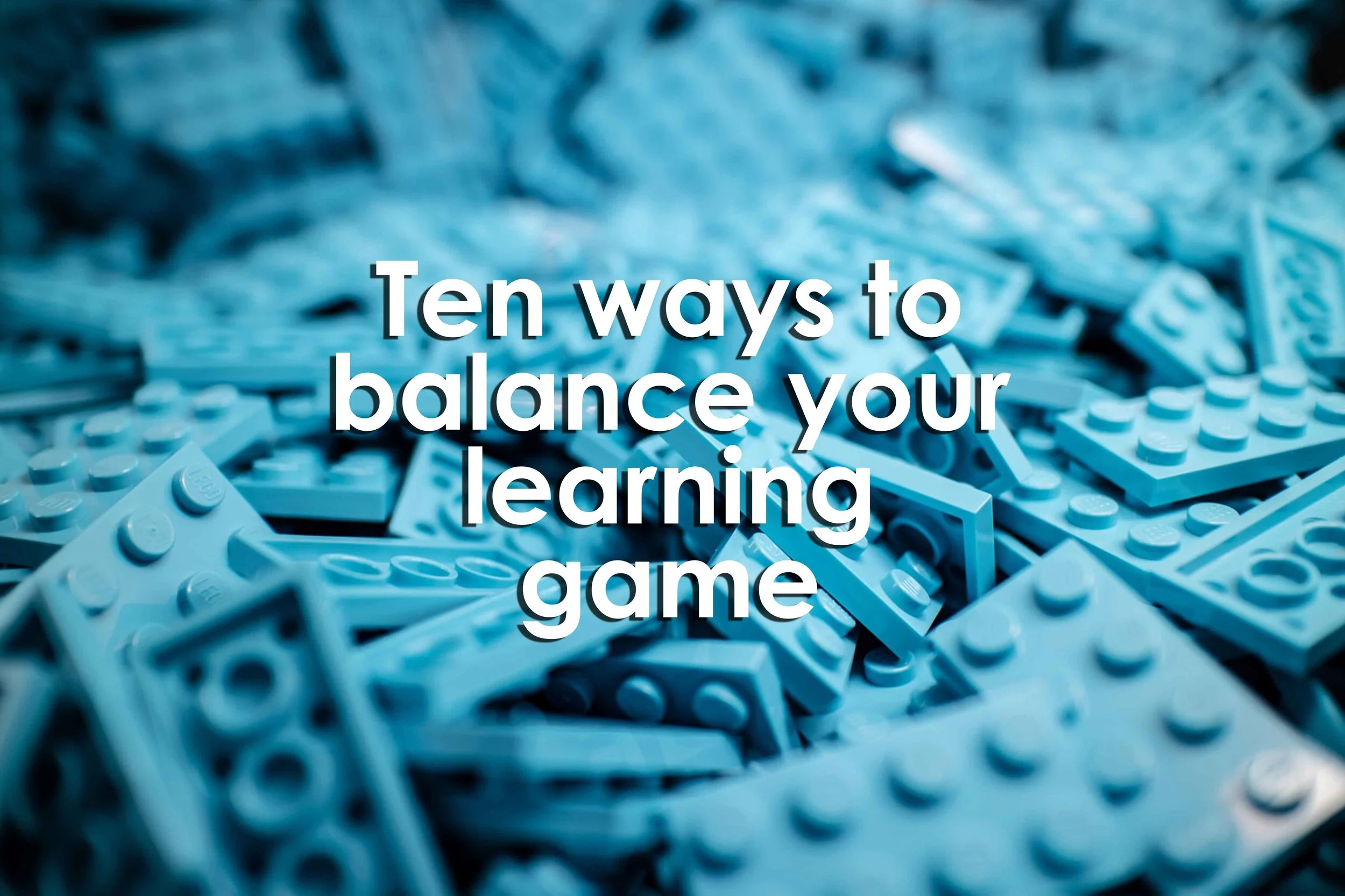Ten ways to balance your learning game
Ten ways to balance your learning game
Ten ways to balance your learning game
By Terry Pearce
July 8, 2021
Summary
Jesse Schell, in his seminal book, 'The Art of Game Design', talks about many types of game balance.
Here's a summary of the key types, refocused with a view to learning games, that you can use to review your own learning game designs.
Options with matched risk and reward might include: Something that gives a great payout but requires more skill A chance to go for a greater payout, with the risk of getting nothing if you fail A chance to grab something useful, but with a danger before you get there A route that's quicker, but with more dangers A route that's slower, but gives you more assets to use later Balance between skill and chance Games of pure skill, like chess, will mean that a more skilful player will almost always win.
Balance between mental and physical In a purely mental game, making the right choices is the whole game - you will never make a good choice but fail on execution.
The right balance will depend on the game and the players - for some games, physicality is inappropriate - but some physical element, like chance, can add fun and surprise.
Many learning games have the opposite problem: like Monopoly, the point is well-made some time before the game is done.
Too few means the game doesn't feel like a game.
Reference
Pearce, T. (2021, July 8). Ten ways to balance your learning game. Medium. Retrieved October 1, 2021, from https://untoldplay.medium.com/ten-ways-to-balance-your-learning-game-4a7c61a79bfd


